
Filmpac Footage Contributor Program
Want to make money selling footage through a major stock footage platform like Filmpac? This page will walk you through the processs.
Continue ReadingWe’ve talked about the different ways to frame a shot, but there is another big factor that determines what a camera shot will look like: the movement or repositioning of the camera.
While many shots are motionless (also known as “locked off” or “on sticks”, which refers to a tripod), there are some common ways to introduce motion into a camera shot, and each affects the mood and camera angles in a different way.
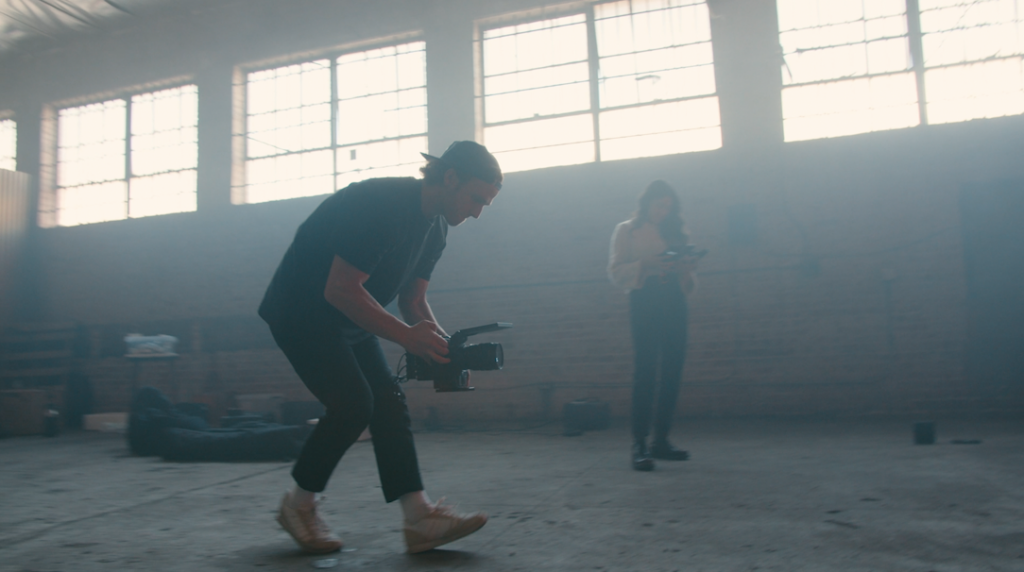
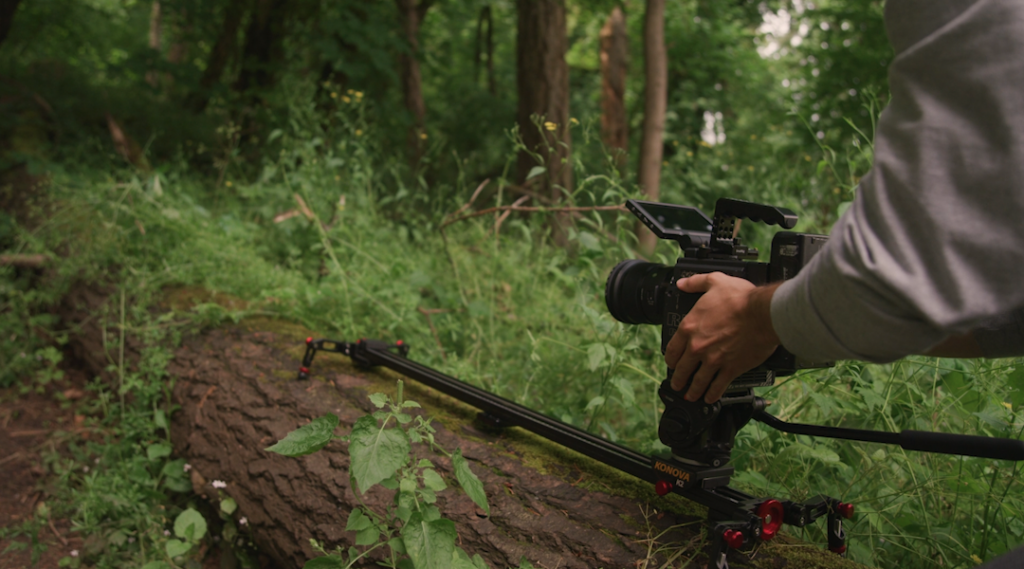
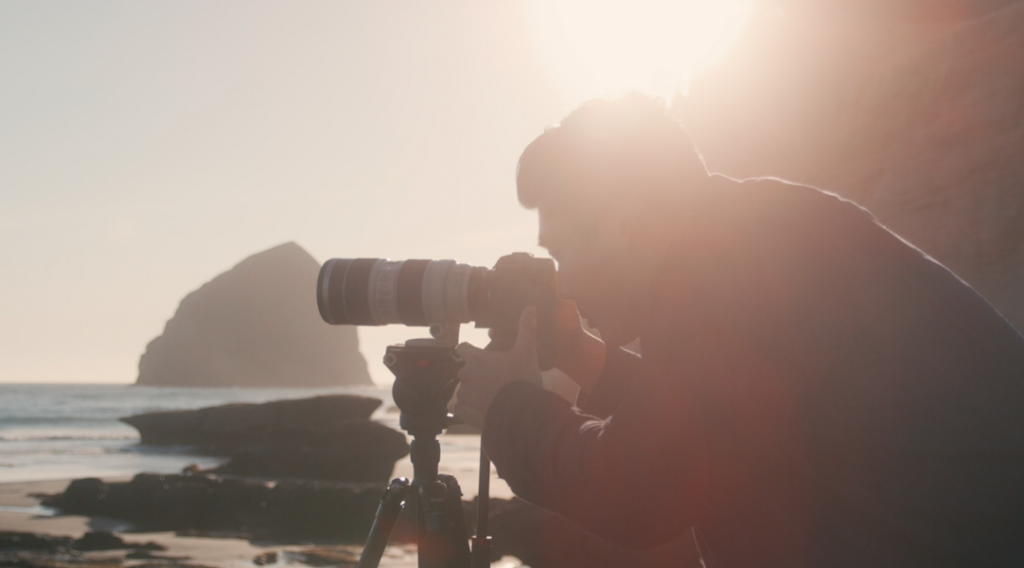
For cinematographers, here are the basics of each:
Zooming is probably the most-used type of camera movement in cinematography. It simply involves changing the focal length mid-shot while using a zoom lens.
Zooms (or zoom shots) can be in, out, slow, fast, or shaky, each having a different type of impact on the shot.


Fast zooms can add energy to an edit, and slow zooms can accentuate an important subject or object.
It helps to use a cinema lens when zooming in filmmaking, as it will keep its focus throughout the zoom, where a photo lens’ focus plane will shift and you’ll have to manually correct, especially with a long shot or an extreme close up.
“Pan” is undoubtedly the most-used (and most misused) camera movement term. But even though it’s probably your client’s favorite way to describe literally any camera move, it actually has a pretty simple definition:
The act of rotating a camera horizontally (either right to left or left to right) while it remains in the same spot.

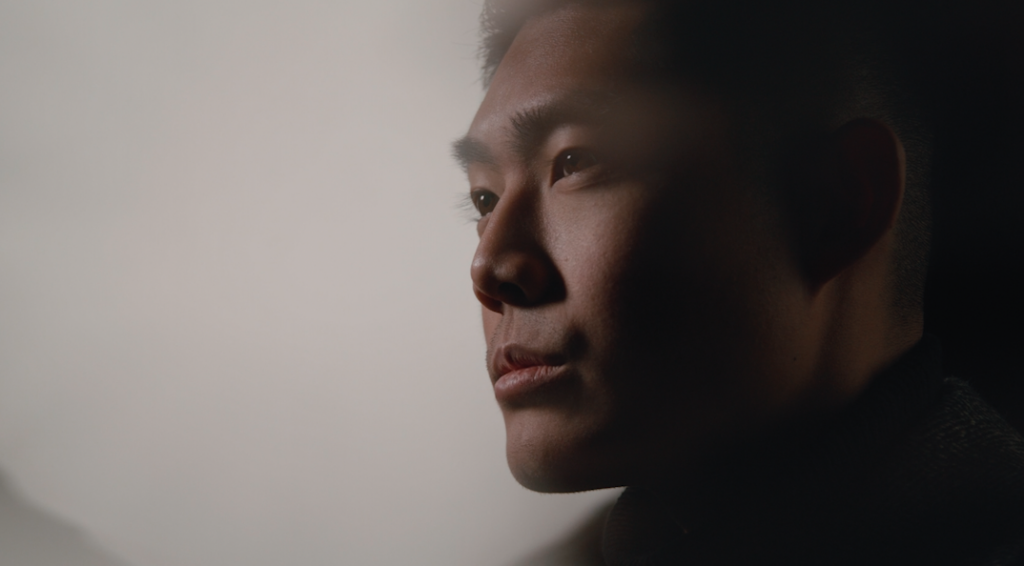

Panning (or a pan shot) is a great way to show off a large setting (usually in a wide shot), or to reveal something important in an establishing shot (which can be anything from a wide shot to a close-up shot).
A tilt is very similar to a pan, except rather than a horizontal move, it’s a vertical one.
Tilts are a great way to dramatically introduce a character, or to establish a new scene. They’re less commonly used than pans, but still an important staple of filmmaking.


A variation of the tilt is the jib camera shot or the crane shot, which moves the entire camera along a vertical plane.
A dolly is when you move the entire camera backwards or forwards (I like to think of a dolly shot as a fancier type of zoom).
This creates depth and parallax with any foreground in the shot, and can be a great way to subtly draw attention to a subject.

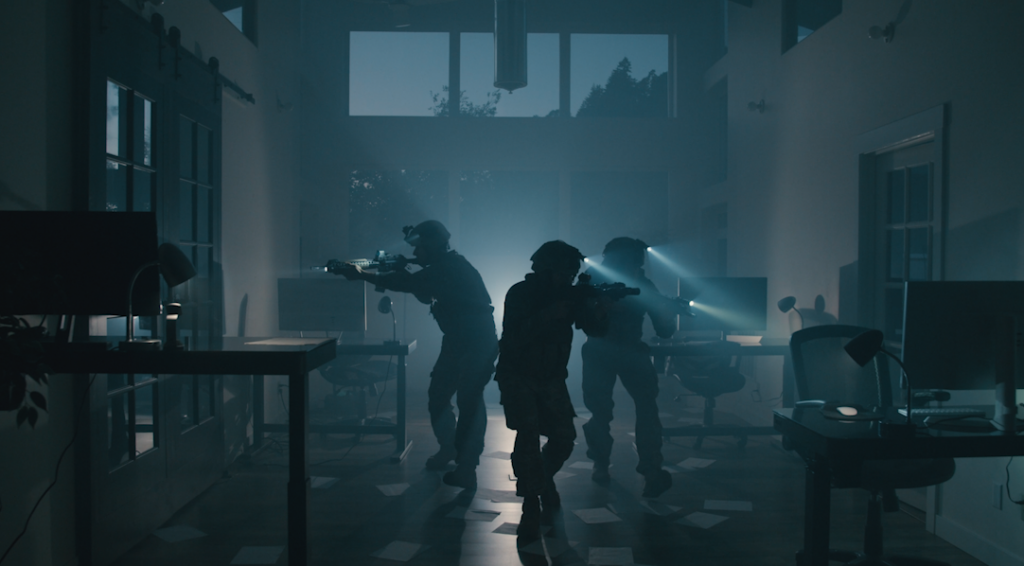
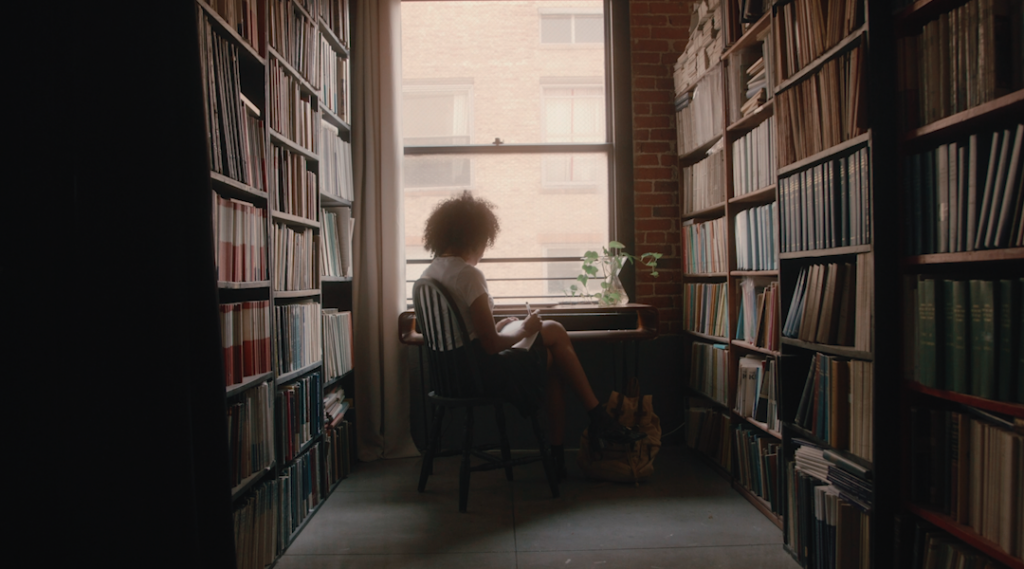
The move gets its name from the fact that the camera is usually placed on a dolly (either on a track or trackless) to achieve this, although it can also be done with a slider, a steadicam, or even handheld, if you need to use a different camera.
Aerial shots can fit into several of these categories, but usually end up being either dolly or truck shots.
Similar to a dolly, a truck shot (or trucking shot) is when the entire camera moves horizontally, rather than in or out. This often happens at eye-level with the subject.
Fast truck shots are great for action sequences (usually with close or medium shots), while slower truck shots can have a more gentle feel (such as a bird’s-eye view or a full shot).

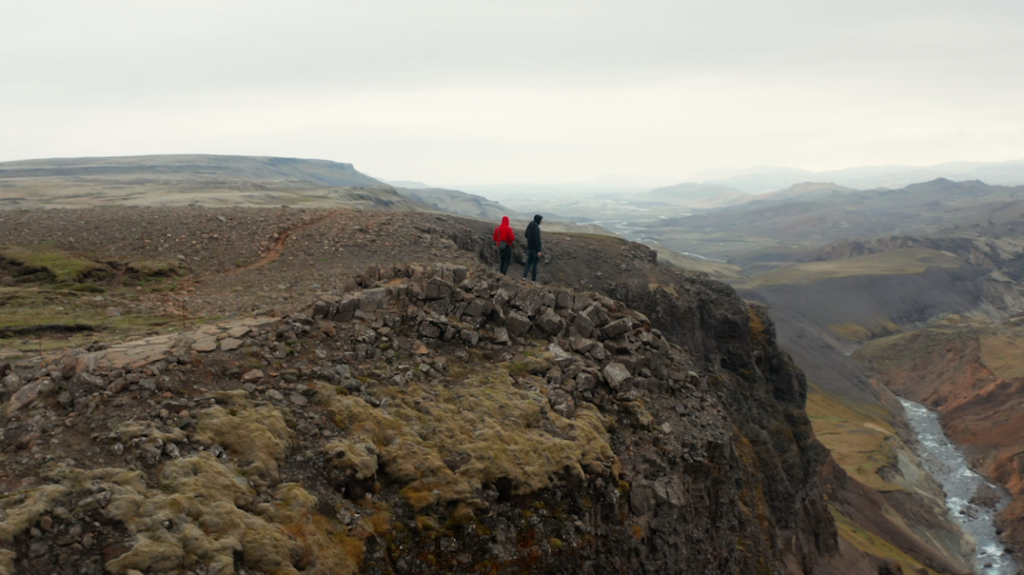
The track or path of the camera doesn’t have to be a straight line, either, which can lead to interesting techniques such as the wraparound, POV, or tracking shot.
If you’re going the handheld camera route, handheld shots can fall into any of these categories. It just depends on how you’re moving the camera.

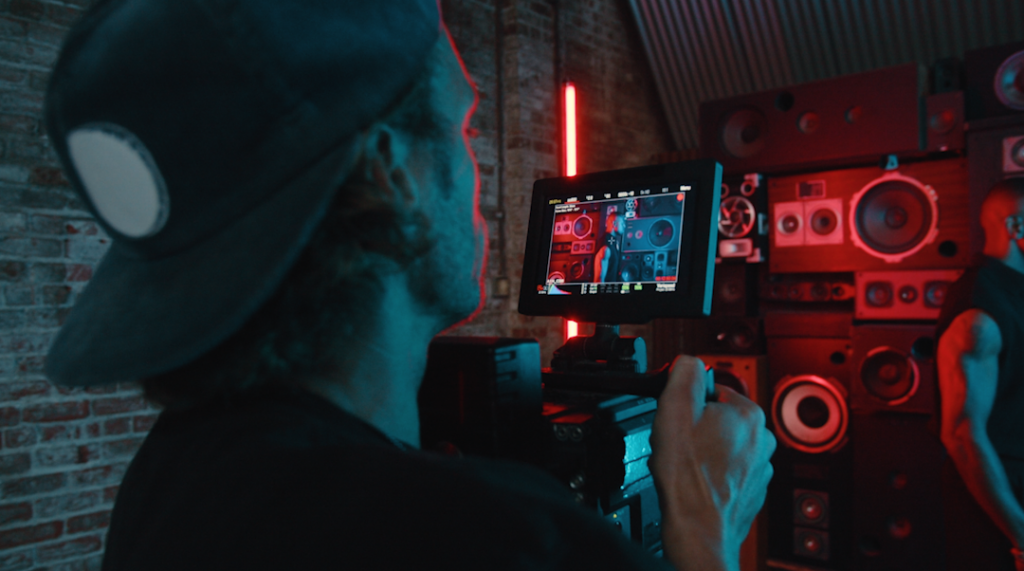
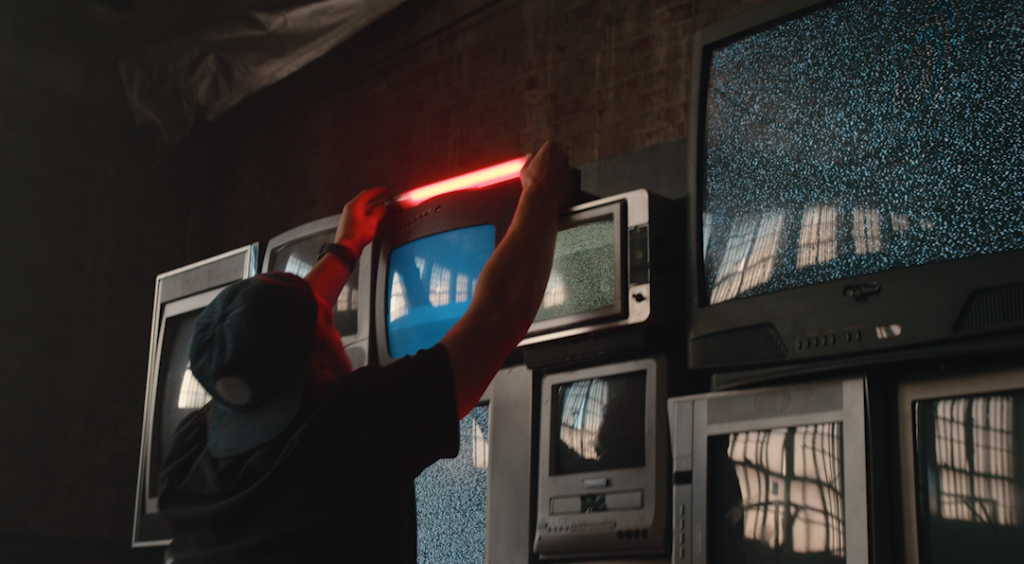
These are the main types of camera shots in video production, which can appear on every shot list in the business.
Many of these techniques can be altered (or even combined, such as the dolly zoom made famous by Alfred Hitchcock) for effect, but at least one of these basic camera movements will be at the core of every shot in filmmaking.
Kevin Graham is the Music Director at Filmpac

Want to make money selling footage through a major stock footage platform like Filmpac? This page will walk you through the processs.
Continue Reading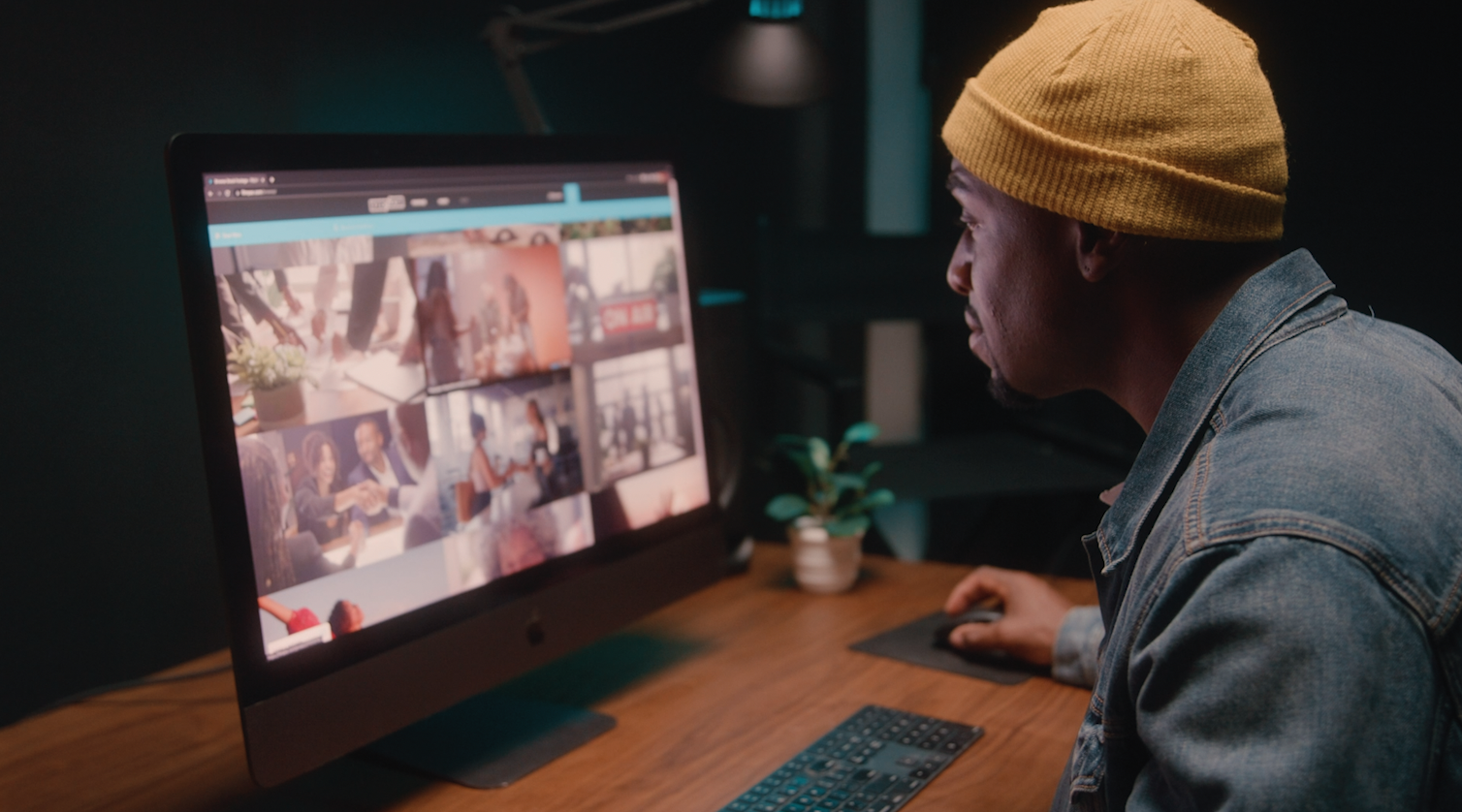
By far, the two most common frame rates in modern American video editing and production are 24fps and 29.97fps. Here's the difference.
Continue Reading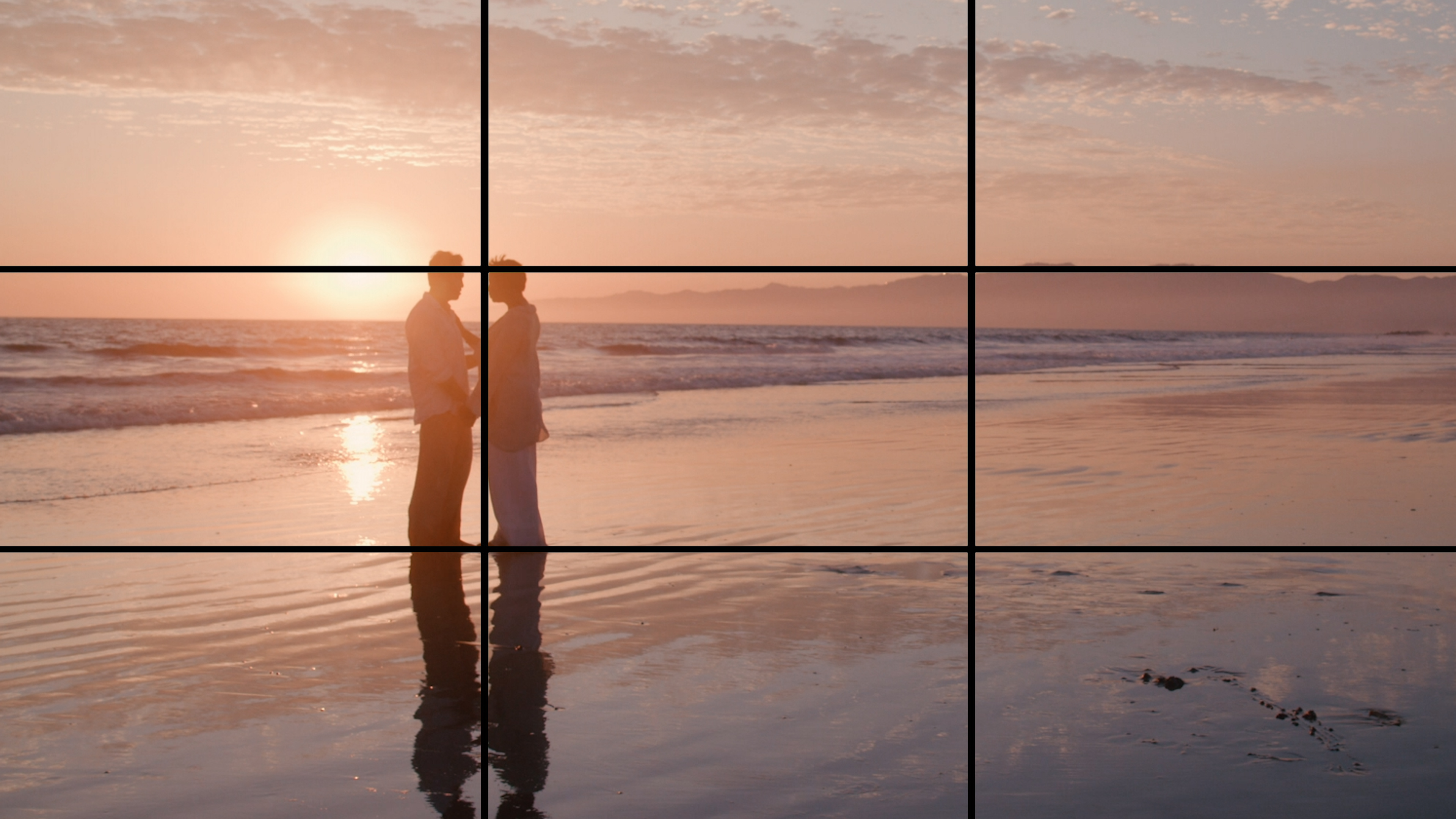
If you’re a photographer or filmmaker, you’ve likely heard of The Rule Of Thirds. here's a guide on how to apply it and when to break it.
Continue Reading
The most useful filmmaking jargon relates to how to frame) of a shot. So today, we’re going to list the 6 most common terms.
Continue Reading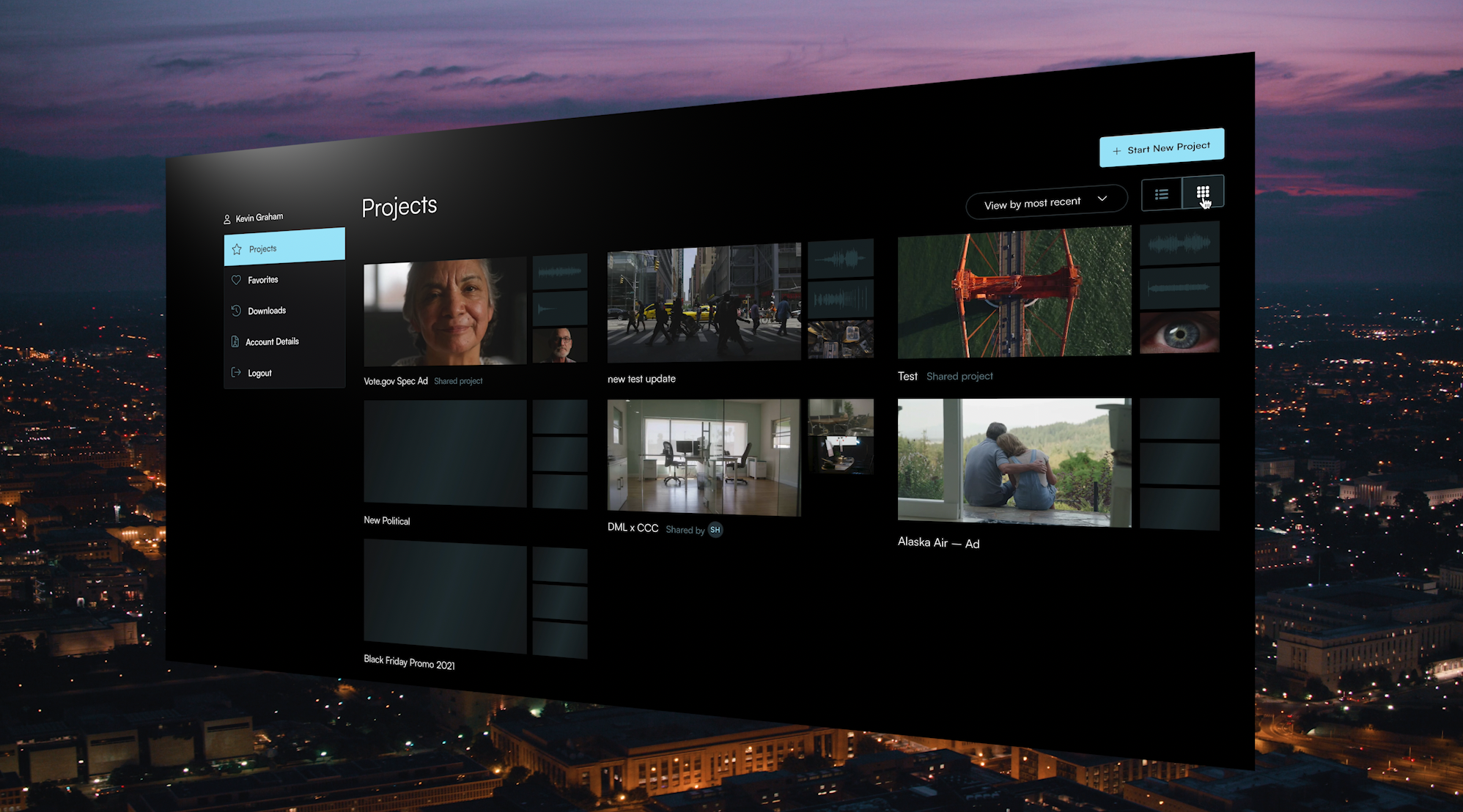
Filmpac’s newly-designed Project Feature is a powerful tool for collaborative video editing. Here’s a quick rundown of how it works.
Continue Reading

One of the most difficult parts of being a professional filmmaker is effectively managing and budgeting your time.
Continue Reading
Want to make money selling footage through a major stock footage platform like Filmpac? This page will walk you through the processs.
Continue Reading